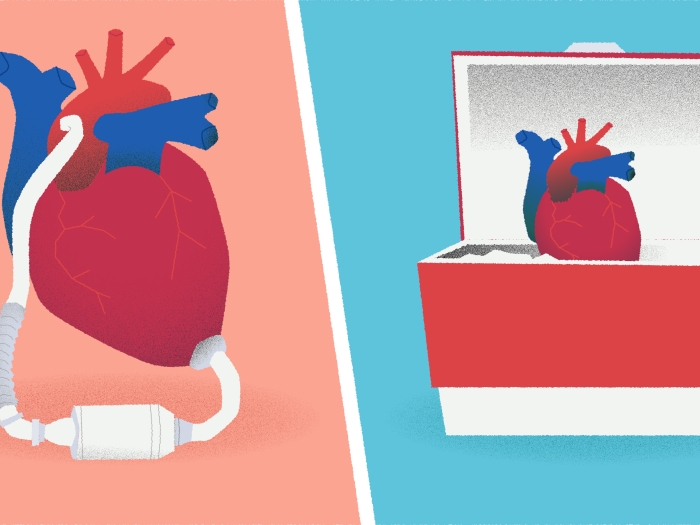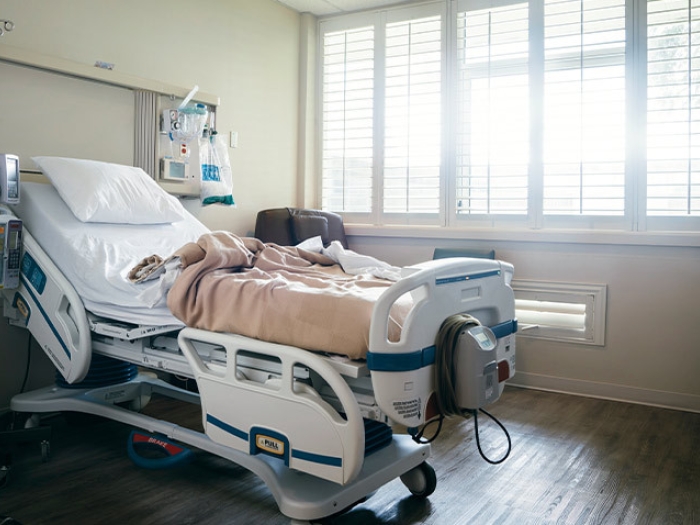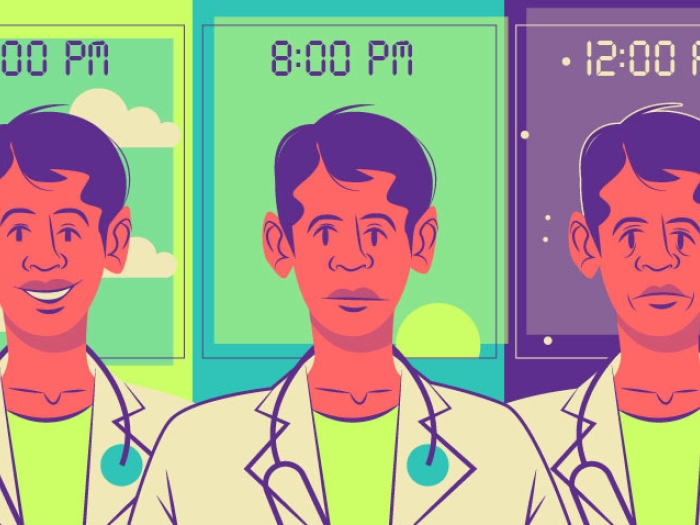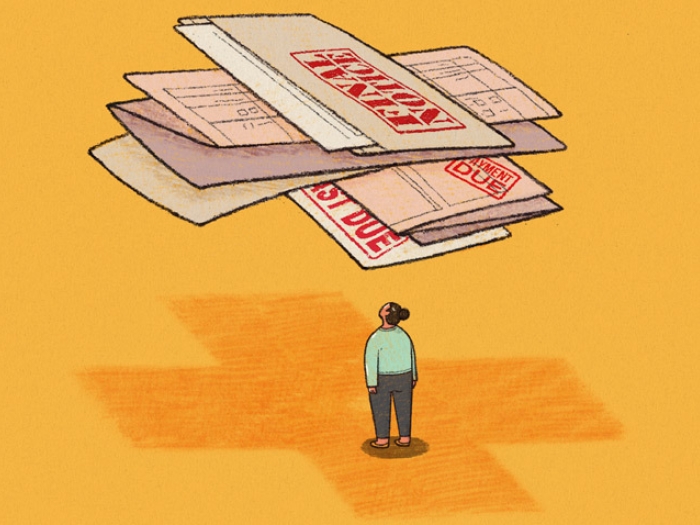“Low-value” care, such as unnecessary lab tests, could be reduced safely to cut expenses, a new analysis suggests.
7:00 AM
Author |

Low-cost, high-volume health services account for a high percentage of unnecessary health spending, adding strain to the health care system, new research suggests.
MORE FROM THE LAB: Subscribe to our weekly newsletter
Analyzing data on 5.5 million patients in Virginia, a team from several institutions found that services providing no net health benefits to patients cost that state's health care system more than $586 million in 2014. Of that amount, 65 percent went to low-cost, high-volume services such as unnecessary lab tests.
The researchers relied on a large Virginia medical insurance claims database because it is one of the few data sets that reflect payments from nearly all types of sources, says lead author John Mafi, M.D., MPH, assistant professor of medicine in the division of general internal medicine and health services research at the David Geffen School of Medicine at UCLA. The sources for the Virginia data include fee-for-service Medicare, Medicare Advantage, Medicaid, private insurance and out-of-pocket costs.
These findings, he says, can serve as a microcosm for the nation's health system.
"Rising health care costs are putting an increasing strain on U.S. families, and from a taxpayer perspective we spend $3.2 trillion each year on health care," says Mafi, who is also a natural scientist in health policy at RAND Corporation. "That's nearly 18 percent of the nation's gross domestic product and of that $3 trillion, up to 30 percent is considered wasteful."
Senior author Mark Fendrick, M.D., a professor at the University of Michigan Medical School and School of Public Health who treats patients in the general internal medicine clinic at Michigan Medicine, says the findings highlight the potential for all involved in health care to find opportunities to spend money more wisely.
"Given current levels of health care spending, the only way we can create headroom for innovation is to identify and eliminate low-value care," says Fendrick, who heads the U-M Center for Value-Based Insurance Design. "An initial approach that targets the reduction of high-volume and less costly items might be a more strategic way to spark the movement to tackle the problem of low-value care."
Mafi and Fendrick say that instead of cutting coverage for all services, which could harm people who truly need them, policymakers should focus on reducing the health services of little health value to more safely reduce costs.
"Among the measures we studied, it was the low-cost, high-volume services that contributed the most to unnecessary health spending," Mafi notes. "This is very important because it suggests that minor actions by all clinicians can play a major role in reducing unnecessary health care spending."
Given current levels of health care spending, the only way we can create headroom for innovation is to identify and eliminate low-value care.Mark Fendrick, M.D.
A range of low-value care
The researchers analyzed 44 services that are "low value" in specific clinical situations according to evidenced-based guidelines. They drew from the Choosing Wisely lists developed by medical professional societies, the services examined by the U.S. Preventive Services Task Force, and more.
SEE ALSO: How Smarter Insurance Design Can Curb Sickness and Cut Costs
These services do not represent all low-value care, and they probably represent only a small proportion of care having little or no health benefits. They included lab tests for low-risk patients undergoing low-risk surgeries; stress cardiac or other cardiac imaging in low-risk patients without symptoms; routine head CT scans for simple dizziness; and imaging within the first six weeks of onset for low back pain that typically resolves itself.
They found that the 5.5 million people in the database received 5.4 million of the 44 services. Of that number, 1.7 million were low value, meaning they were medically unnecessary, and 3.4 million were high-value services that carried health benefits. Looking at the low-value services, they found that 1.6 million (93 percent) were very low cost and low cost, under $538 per service, compared with 119,000 (7 percent) that were high and very high cost.
The cost for low-value services that were low and very low cost totaled $381 million, compared with $205 million for low-value services that were high and very high cost. This $586 million represented 2.1 percent of Virginia's $28 billion in health care costs for the year.
Overall, about 20 percent of the 5.5 million people received at least one low-value service during the year analyzed.
Note: The researchers used the Milliman MedInsight Health Waste Calculator, a software program developed by the Milliman company in cooperation with VBID Health, a startup company launched by Fendrick to help employers, government entities and insurers in developing health care benefits packages. Fendrick receives royalties from the product's sale.

Explore a variety of healthcare news & stories by visiting the Health Lab home page for more articles.

Department of Communication at Michigan Medicine
Want top health & research news weekly? Sign up for Health Lab’s newsletters today!





